Would you like to learn how to install the Active Directory Powershell modules on Windows? In this tutorial, we are going to show you how to install the Powershell modules to manage Active Directory on a computer running Windows 10.
• Windows 10
Equipment list
Here you can find the list of equipment used to create this tutorial.
This link will also show the software list used to create this tutorial.
Windows - Related Tutorial:
On this page, we offer quick access to a list of tutorials related to Windows.
Tutorial Windows - Installing the Active Directory Powershell modules
As an administrator, open the Start menu and access the Settings option.
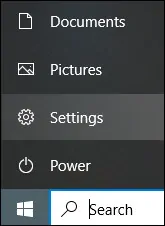
Access the Apps settings.
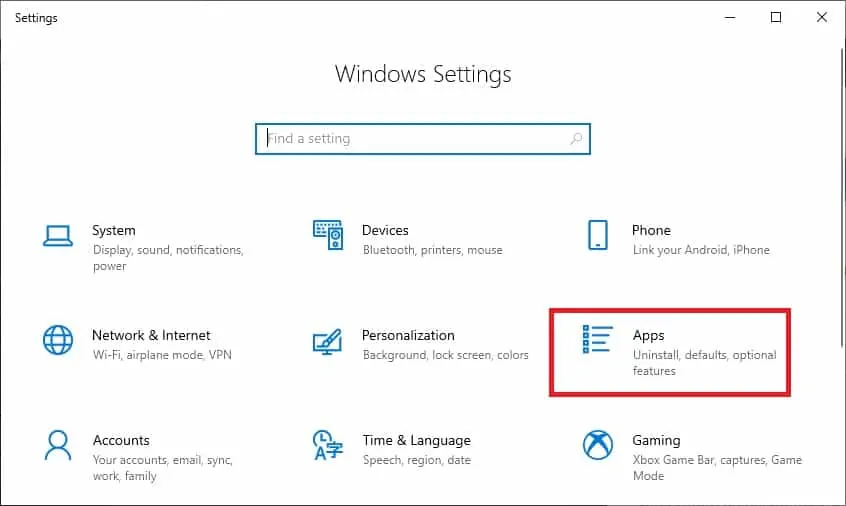
Access the optional features screen.
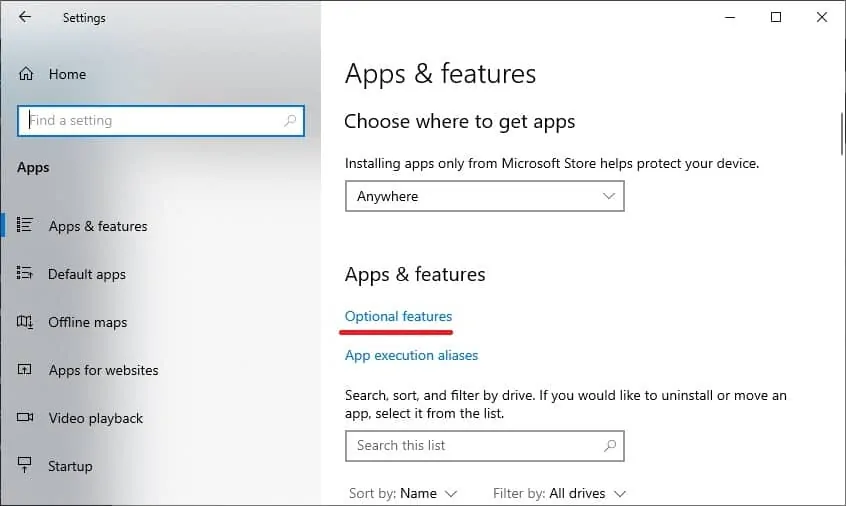
Select the option to Add a feature.
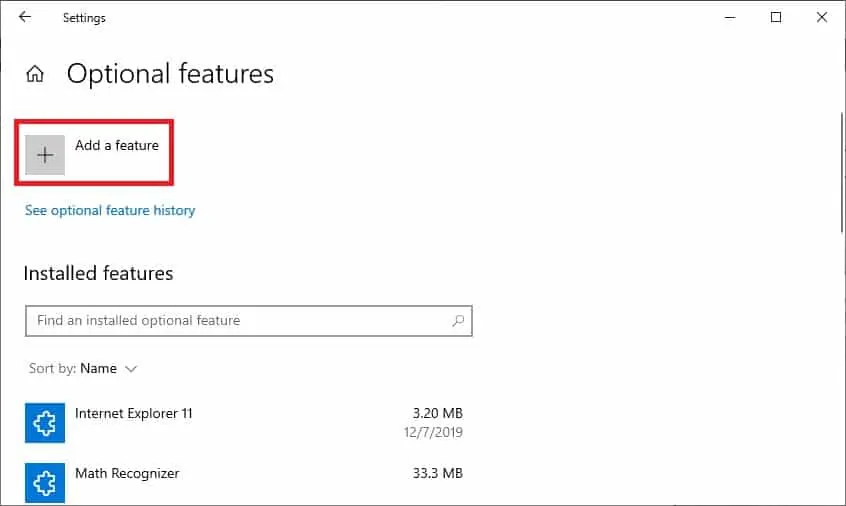
Search and install the following package.
• RSAT: Active Directory Domain Services and Lightweight Directory Services Tools.
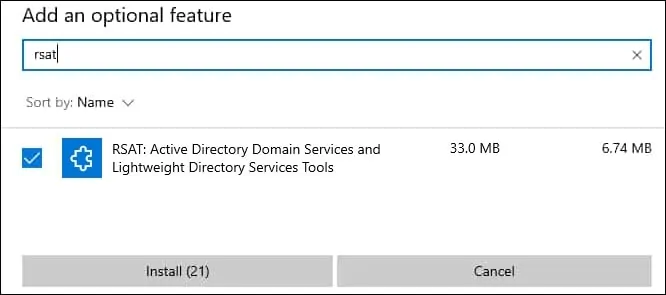
Congratulations! You have finished the installation of the Powershell modules to manage the Active Directory on Windows 10.
Tutorial Powershell - Installing the Active Directory Powershell modules
As an Administrator, start an elevated version of the Powershell command-line.

Verify if the required package is already installed.
Here is the command output.
Optionally, filter the output of the Powershell command to a simpler version.
Here is the command output.
Install the package containing the Powershell modules for Active Directory management.
Here is the command output.
Optionally, use the package full name to install the required software.
Congratulations! You have finished the installation of the Powershell modules for Active Directory management.
Tutorial Windows - Manage the Active Directory using Powershell
As an Administrator, start an elevated version of the Powershell command-line.

List the Powershell CMDLETS available to manage the Active Directory.
Here is the command output.
Use Powershell to list the domain computers.
Here is the command output.
Use Powershell to list the domain users.
Here is the command output.
In our example, we are accessing the Active Directory using Powershell commands.
